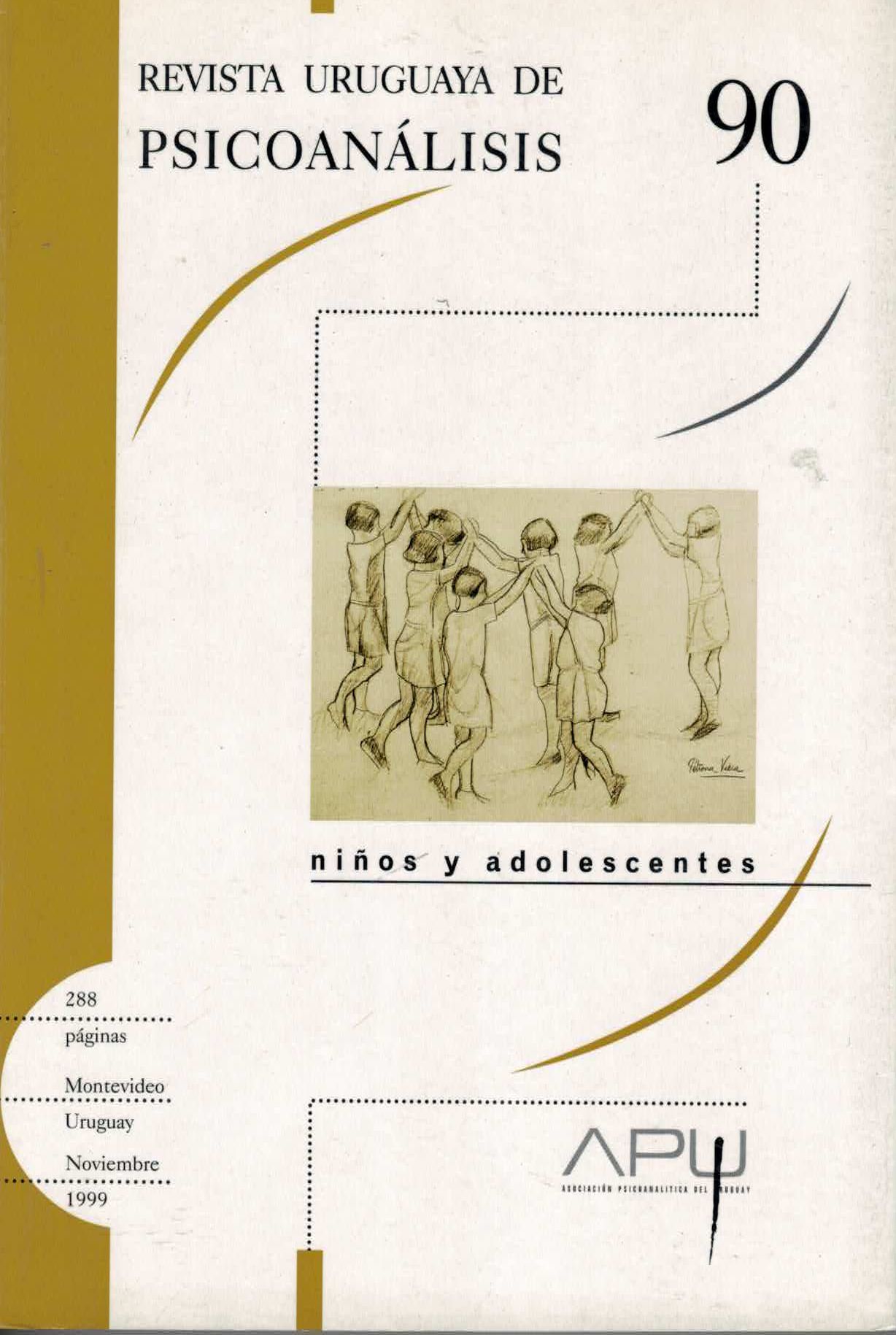The Game; Characters, Stories, Performances
Keywords:
interpretación, elemento alfa, psicoanálisis de niños, material clínico, narrativaAbstract
The game sequence of a nine year old child in analysis, is used by the author to think over, ways of approaching a patient in order to achieve greater confidence and hope in the analytical encounter. Following Bion’s model of the mind, he proposes metabolization as a pictogram summarizing an afferent or a series of them, which would be the elements in a sequence causing what is derived of the narrative. This can be appreciated in a child’s recollection, a dream, etc. and each mind uses them in its own preferential way. The author then reflects upon different topics: interpretation as a means of growing up, text signals not only as a repetition of the patient’s history but also as something coming from the immediacy of what’s going on. At the same time, playing as a mediator between fantasy world and external world, has the same function as stories in an adult patient. The point is that analysis enables the development of a game, without closing up its sense.
Downloads
References
BARANGER, M., BARANGER, W. (1961-62) “La situación analítica como campo dinámico” in Baranger, M., Baranger, W. (1969) Problemas del campo psicoanalítico, Kargieman, Buenos Aires
BION, W. R. (1962) Learning from Experience, Hememann, London.
— (1965) Transformations. Hememann, London.
— (1970) Attention and Interpretation, Tavistock Pub., London.
— (1992) Cogitations, Estate of Wilfred R. Bion.
FERRO, A. (1997) “L’unicité de I’analyse entre analogies et différences dans l’analyse d’enfants et d’adolescents” in Psychanalyse en Europe, Bulletin de la FEP, 50, pp. 49-60.
— (1998) Técnicas de psicoanálisis infantil. APM, Biblioteca Nueva, Madrid.
— (1999) La psicanalisi come letteratura e terapia, Cortina, Milano.
FONAGY, P., SANDLER, A. M. ET AL. (1985) “Du transfert et de son interprétation” in Psychanalyse en Europe. Bulletin de la FEP, 45, pp. 7-27.
GIBEAULT, A. (1991) “Interpretation et transfert” in Psychanalyse en Europe, Bulletin de la FEP, 36, pp. 49-63.
GUIGNARD, F. (1997) “L’interprétation des configurations œdipiennes en analyse d’enfants” in Psychanalyse en Europe. Bulletin de la FEP, 50.
NORMAN, J. (1995) “L’interprétation et sons conflicts: que faut-il interpréter, quand et comment?” in Psychanalyse en Europe. Bulletin de la FEP, 45, pp. 28-24.
RIOLO, F. (1997) “Il modello di campo in psicoanalisi” in Emozione e interpretazione, a cura di E. Gaburri, Boringhieri, Torino.
WINNICOTT, D. W. (197 1) Playing and Reality. Tavistock Pub, London



 This work is licensed under a
This work is licensed under a 